
Becoming Anarchival
Kate Hennessy and Trudi Lynn Smith
Pairatext Collective
2013 - ongoing
The starting point for this new project emerged while Trudi Lynn Smith and Kate Hennessy were together looking at a set of drawings in the Chicago Field Museum Archives in 2013. Collected for the World’s Fair in 1893, they observed that the oil pastel drawings, given time and archival storage, made marks through the drawings, seeping and imprinting onto the backs of papers. The residue was a testament to the liveliness of materials and of archives. These new material traces become their own archive – rather than a narrative history, they become a story of how materials interact. They provide a starting point to think about the anarchival within archives. Since that initial encounter, they have created work in collaboration with the British Columbia Archives, the Tumbler Ridge Paleontology Research Centre, Documentary Educational Resources (DER); they have created work in response to the Lucia Moholy’s Bauhaus photographs, and in relation to a number of sites, technologies, and ideas.
Archives and museum collections are generally perceived as arrested in time, imagined as latent instrumental objects to reveal the past. However, Smith and Hennessy share an interest in questions about the anarchival properties of archives. That is, how do archival documents and collections, imagined as permanent, static objects, actually change over time and make new marks? While archival ordering seeks to makes sense and reiterate dominant and stable narratives of nation states, how do new material traces suggest that archives are vibrant matter, what political theorist Jane Bennett (2010) names as that capacity of things to act as forces? How are archives are not only storehouses of the past but living breathing generative matter? In what way do they emerge, and what do they look like? How are archives infused with anarchic energy, and with disorder? To consider the vitality of matter in archives is to articulate how archives are not outside of us, not of the past or for the future, but how they run alongside and in relationship with humans. To advocate for anarchival materiality is to help to give space to consider more attentive encounters between humans and the more than human world. It is also a way to begin to explore archives not as “perfection” of ordering and preservation, but as an ongoing mediated realm that is deeply political and both reproducing and challenging the settler colonial politics of the archive.
Hennessy and Smith explore how chemical reactions and residue – often the domain of archival conservators – become important to visual anthropology and media archaeology. As exploration that begins by documenting the residue of archives, found on the back of drawings and other material, or the vibrant signal of magenta film, Smith and Hennessy use materiality as a guiding force in their research-creation practice. This provides a basis to construct alternate approaches to emphasize both the material and discursive manifestations of culture (Huhtamo and Parikka 2011). Using photography and video, alternative photographic processes such as anthotype, printmaking, and artificial intelligence, technologies historically and structurally tied to archives, Smith and Hennessy document the transfer of materials from one form and shape to another. As archives are understood as contained spaces of order, how does the excess of the archive – what is being generated out of the original document by nonhuman powers — show us about the role of materiality as an ongoing matter for inquiry?
This long-term project has found expression through a range of media in a number of exhibitions and publications, and is currently being developed into a book.

Fugitives in the Archive. Royal British Columbia Museum, 2018-19. Kate Hennessy and Trudi Lynn Smith. Installation photo by Rachel Topham
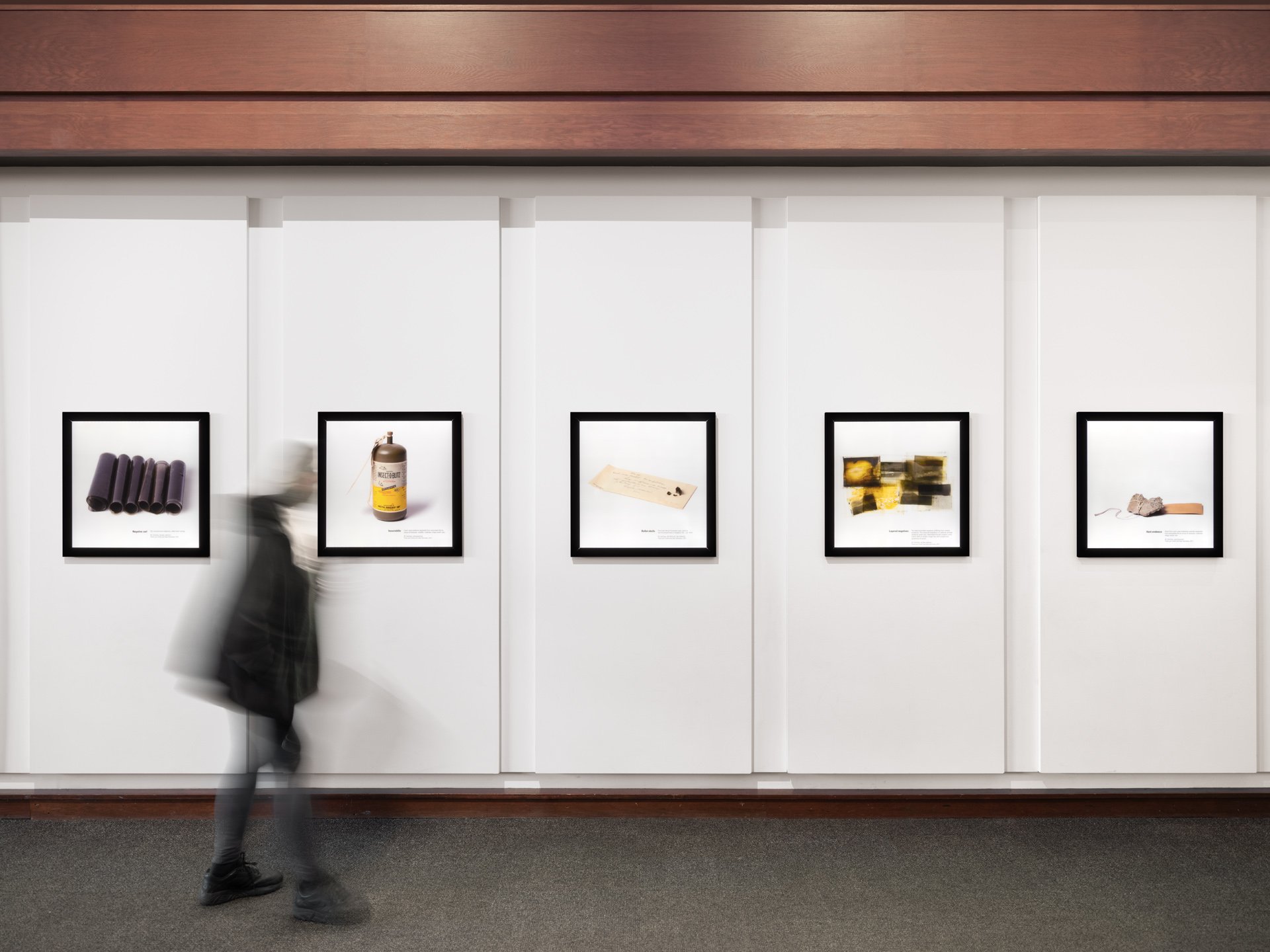
Fugitives in the Archive. Royal British Columbia Museum, 2018-19. Kate Hennessy and Trudi Lynn Smith. Installation photo by Rachel Topham
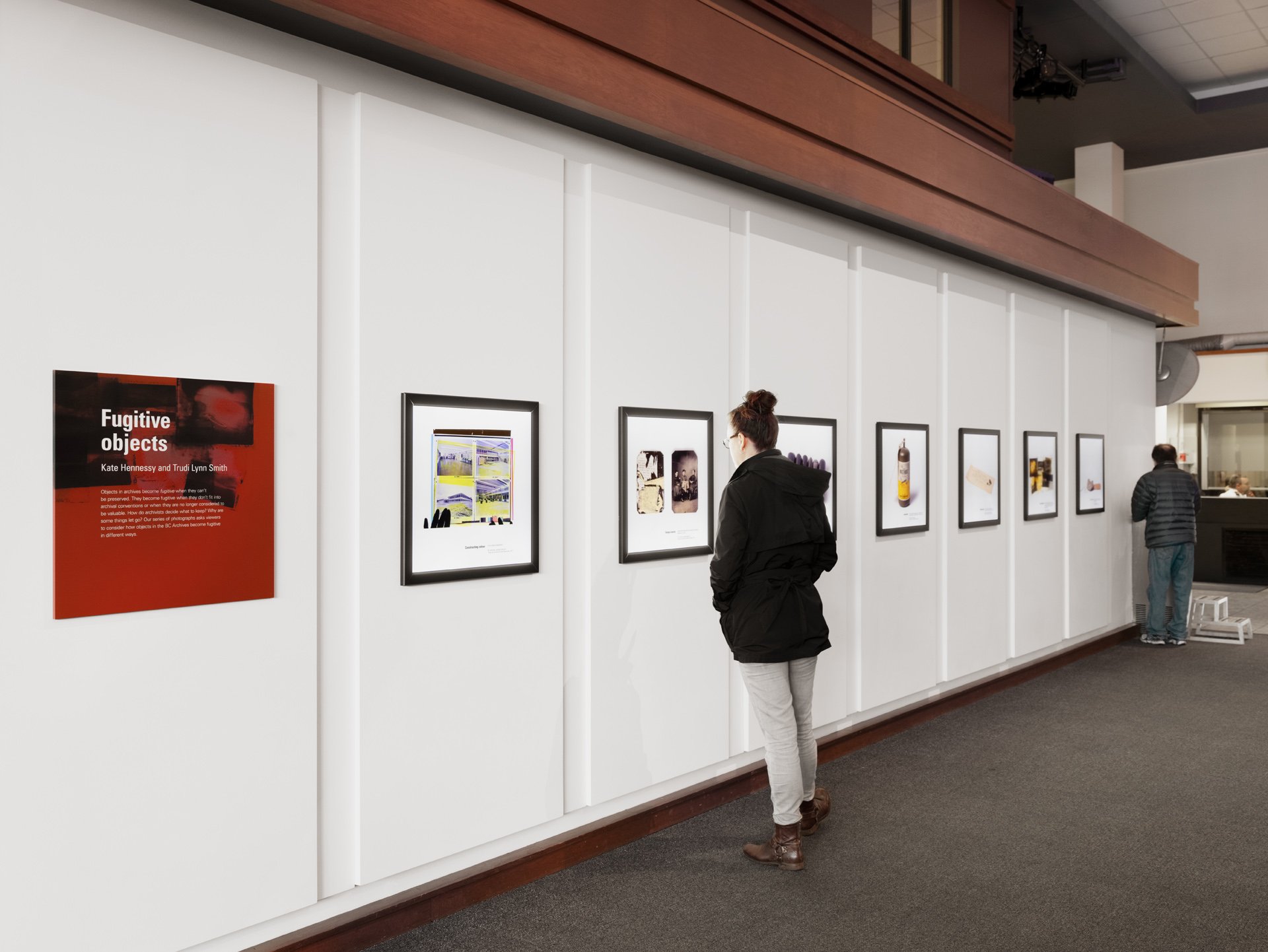
Fugitives in the Archive. Royal British Columbia Museum, 2018-19. Kate Hennessy and Trudi Lynn Smith. Installation photo by Rachel Topham
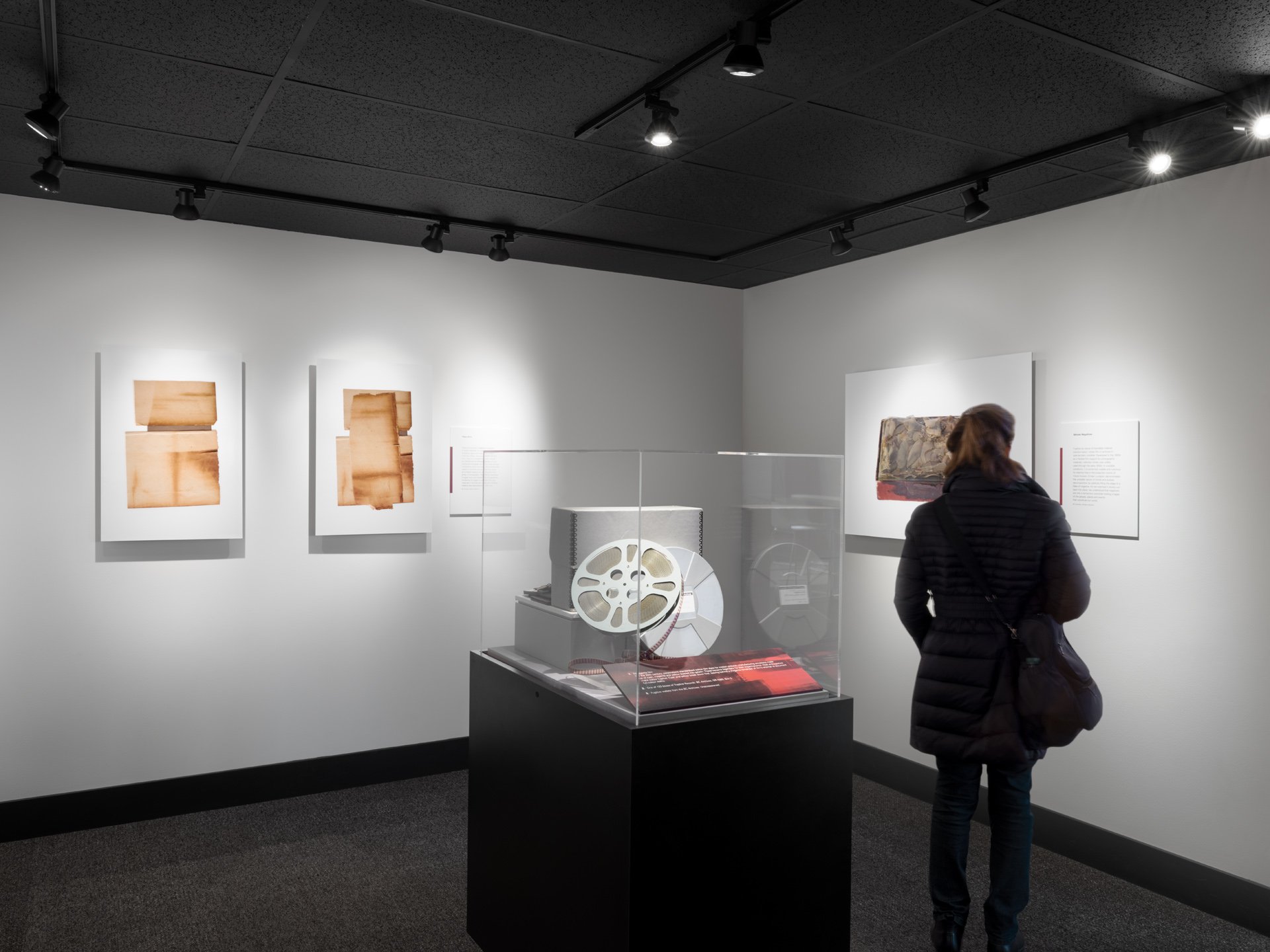
Fugitives in the Archive. Royal British Columbia Museum, 2018-19. Kate Hennessy and Trudi Lynn Smith. Installation photo by Rachel Topham
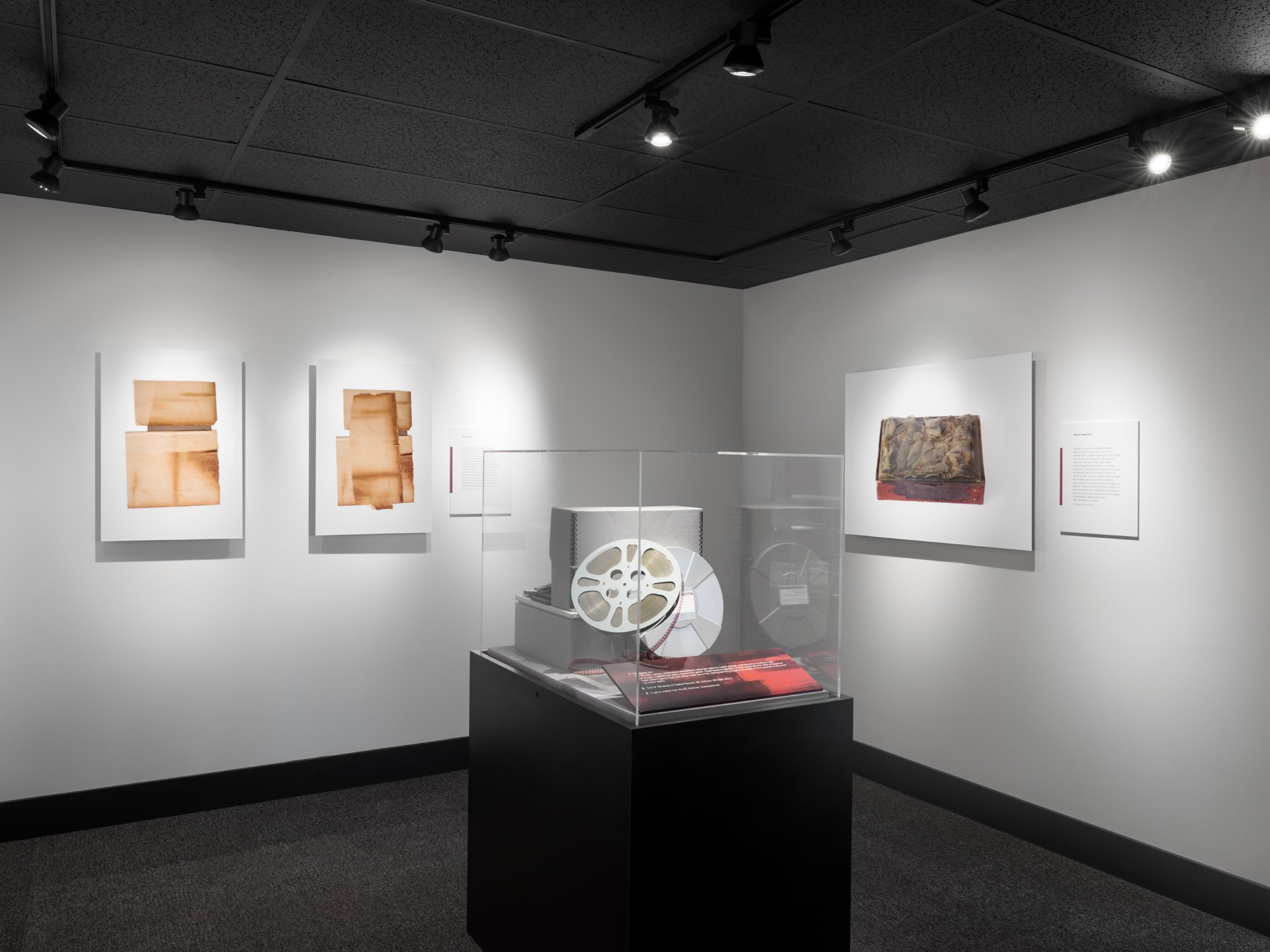
Fugitives in the Archive. Royal British Columbia Museum, 2018-19. Kate Hennessy and Trudi Lynn Smith. Installation photo by Rachel Topham
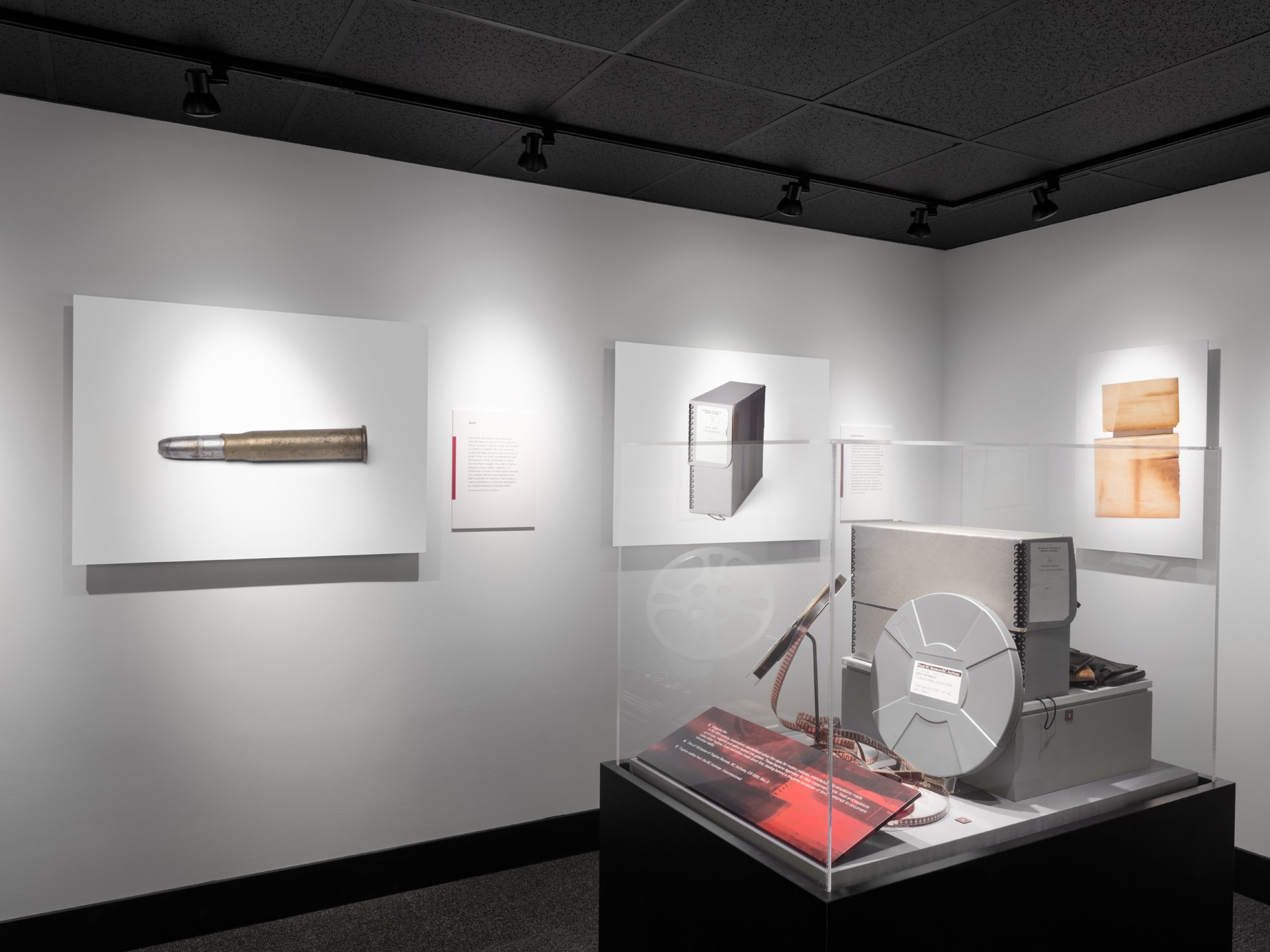
Fugitives in the Archive. Royal British Columbia Museum, 2018-19. Kate Hennessy and Trudi Lynn Smith. Installation photo by Rachel Topham
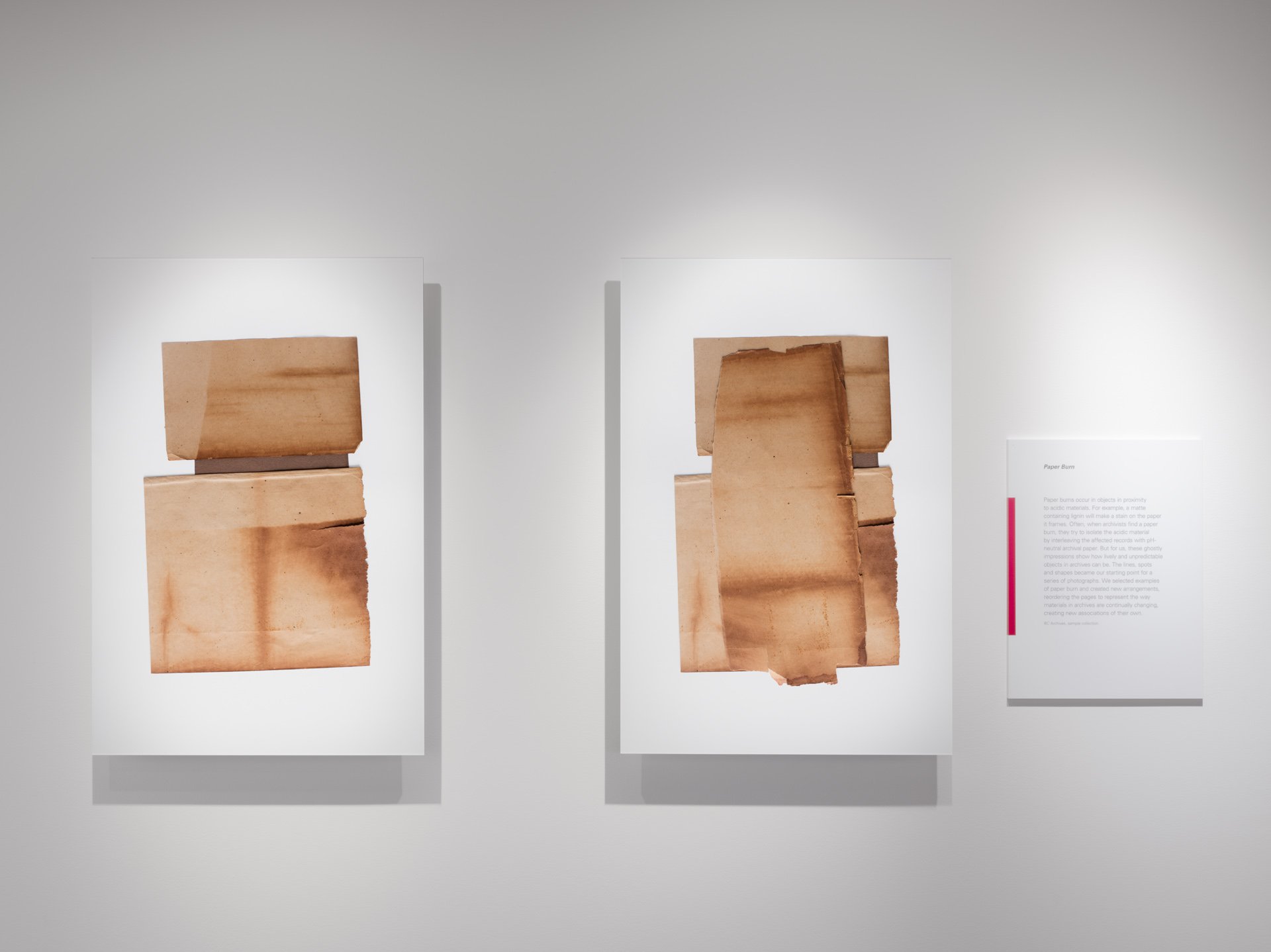
Fugitives in the Archive. Royal British Columbia Museum, 2018-19. Kate Hennessy and Trudi Lynn Smith. Installation photo by Rachel Topham
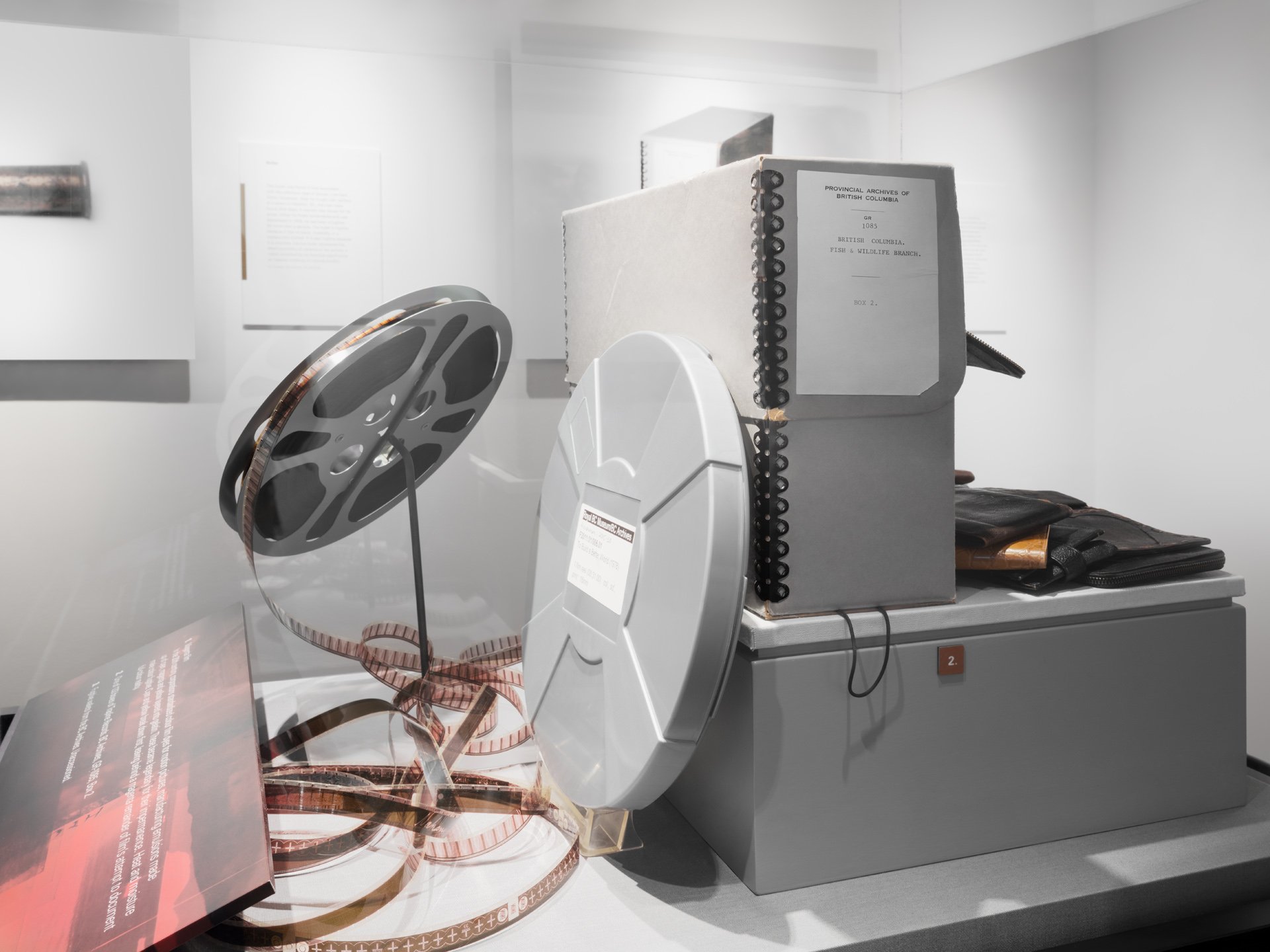
Fugitives in the Archive. Royal British Columbia Museum, 2018-19. Kate Hennessy and Trudi Lynn Smith. Installation photo by Rachel Topham

Fugitives in the Archive. Royal British Columbia Museum, 2018-19. Kate Hennessy and Trudi Lynn Smith. Installation photo by Rachel Topham

Fugitives in the Archive. Royal British Columbia Museum, 2018-19. Kate Hennessy and Trudi Lynn Smith. Installation photo by Rachel Topham
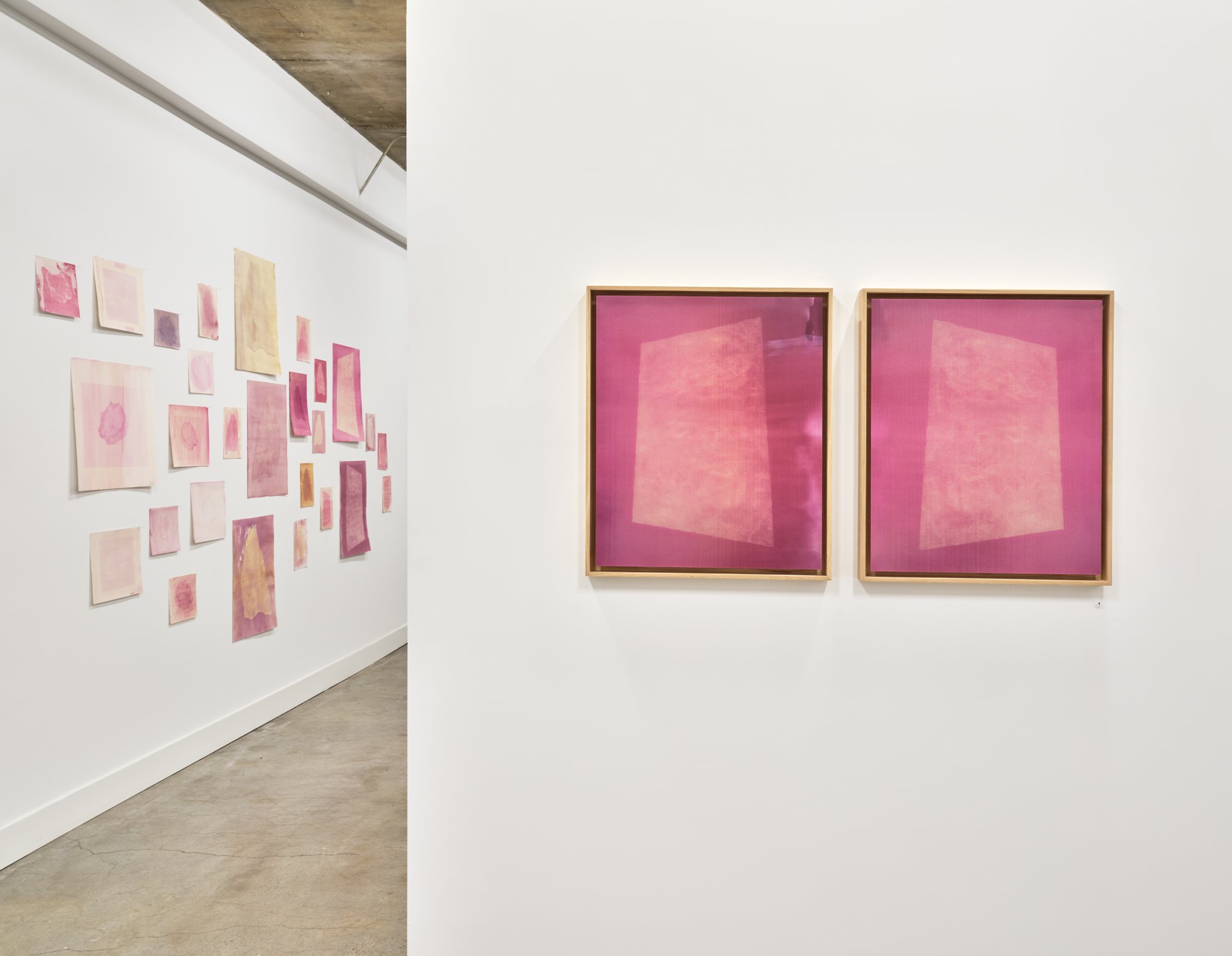
Installation view, "Becoming Anarchival". Kate Hennessy and Trudi Lynn Smith (Pairatext). Gallery 881, Vancouver. Nov 2- 30 2024. Photograph by Rachel Topham.

Installation view, "Becoming Anarchival". Kate Hennessy and Trudi Lynn Smith (Pairatext). Gallery 881, Vancouver. Nov 2- 30 2024. Photograph by Rachel Topham.

Installation view, "Becoming Anarchival". Kate Hennessy and Trudi Lynn Smith (Pairatext). Gallery 881, Vancouver. Nov 2- 30 2024. Photograph by Rachel Topham.
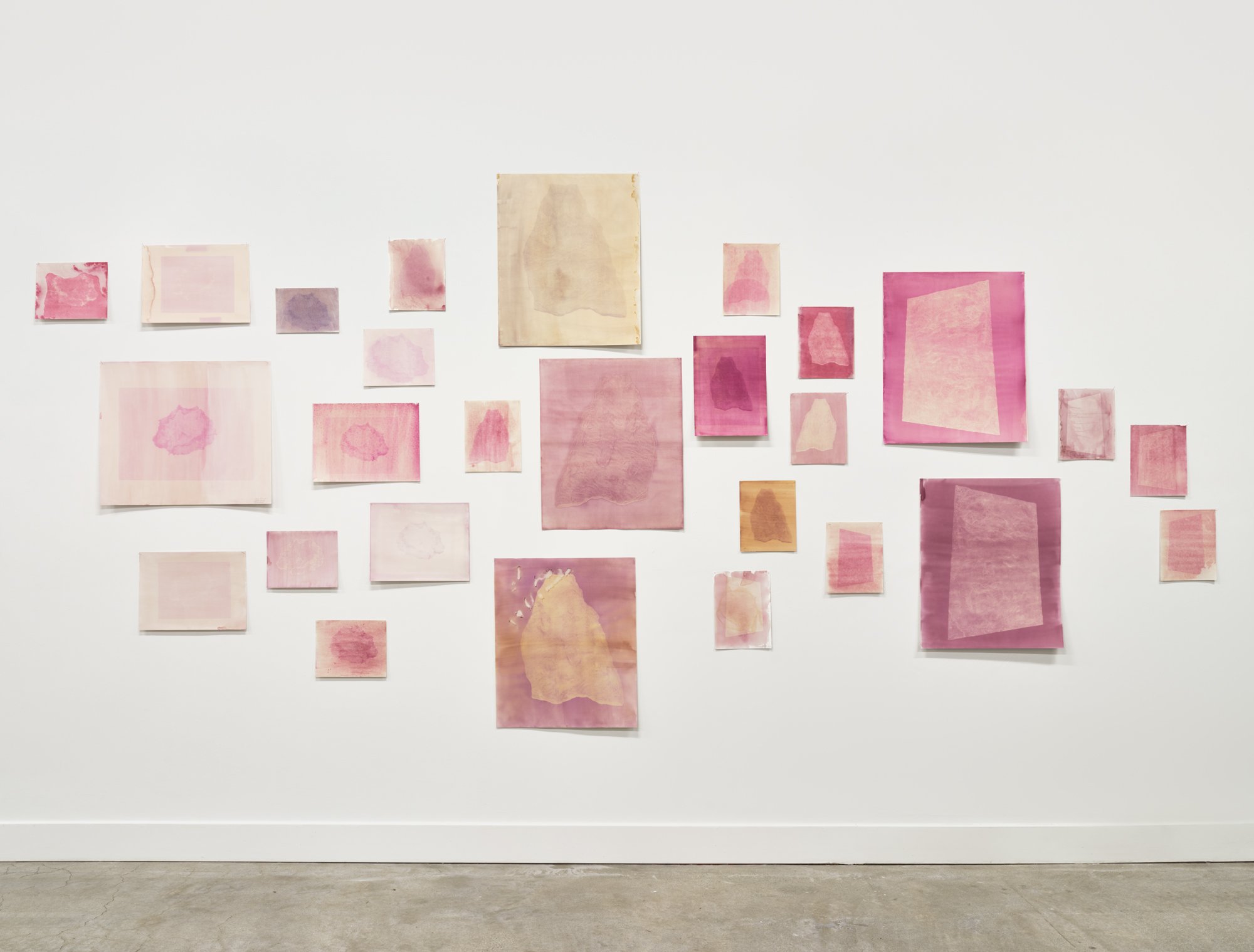
Installation view, "Becoming Anarchival". Kate Hennessy and Trudi Lynn Smith (Pairatext). Gallery 881, Vancouver. Nov 2- 30 2024. Photograph by Rachel Topham.

Installation view, "Becoming Anarchival". Kate Hennessy and Trudi Lynn Smith (Pairatext). Gallery 881, Vancouver. Nov 2- 30 2024. Photograph by Rachel Topham.

Installation view, "Becoming Anarchival". Kate Hennessy and Trudi Lynn Smith (Pairatext). Gallery 881, Vancouver. Nov 2- 30 2024. Photograph by Rachel Topham.

Installation view, "Becoming Anarchival". Kate Hennessy and Trudi Lynn Smith (Pairatext). Gallery 881, Vancouver. Nov 2- 30 2024. Photograph by Rachel Topham.
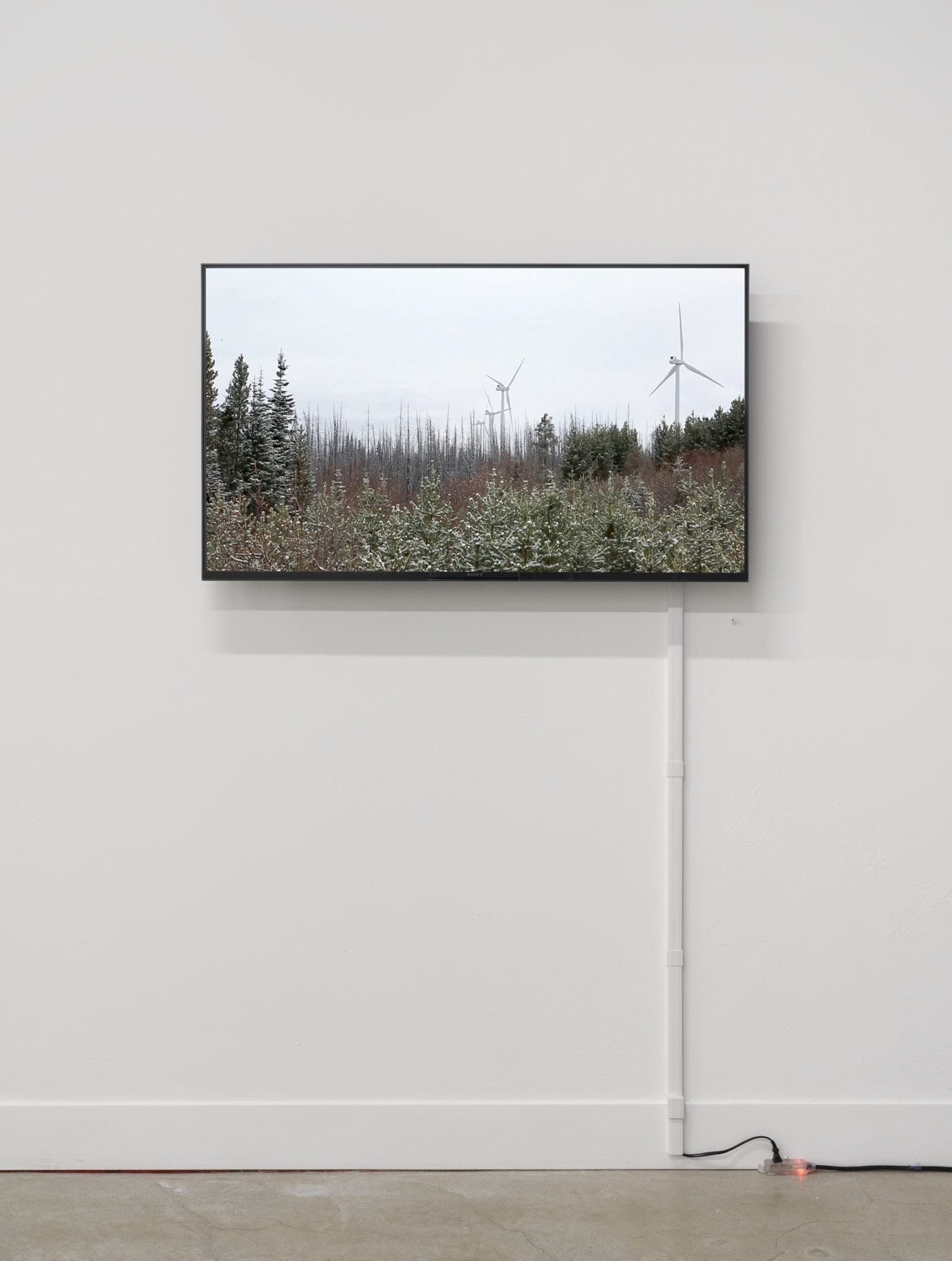
Installation view, "Becoming Anarchival". Kate Hennessy and Trudi Lynn Smith (Pairatext). Gallery 881, Vancouver. Nov 2- 30 2024. Photograph by Rachel Topham.

Installation view, "Becoming Anarchival". Kate Hennessy and Trudi Lynn Smith (Pairatext). Gallery 881, Vancouver. Nov 2- 30 2024. Photograph by Rachel Topham.

Installation view, "Becoming Anarchival". Kate Hennessy and Trudi Lynn Smith (Pairatext). Gallery 881, Vancouver. Nov 2- 30 2024. Photograph by Rachel Topham.
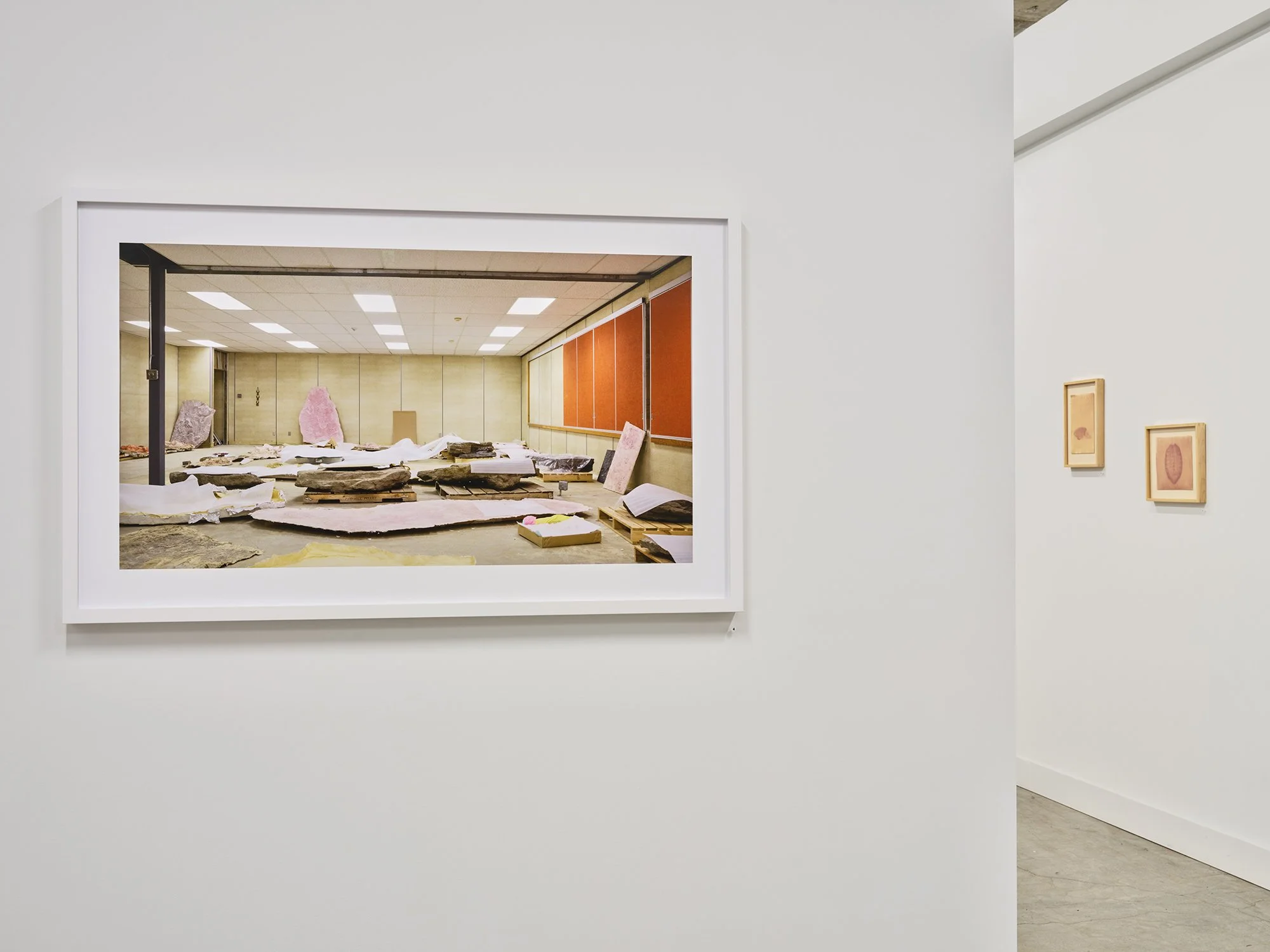
Installation view, "Becoming Anarchival". Kate Hennessy and Trudi Lynn Smith (Pairatext). Gallery 881, Vancouver. Nov 2- 30 2024. Photograph by Rachel Topham.
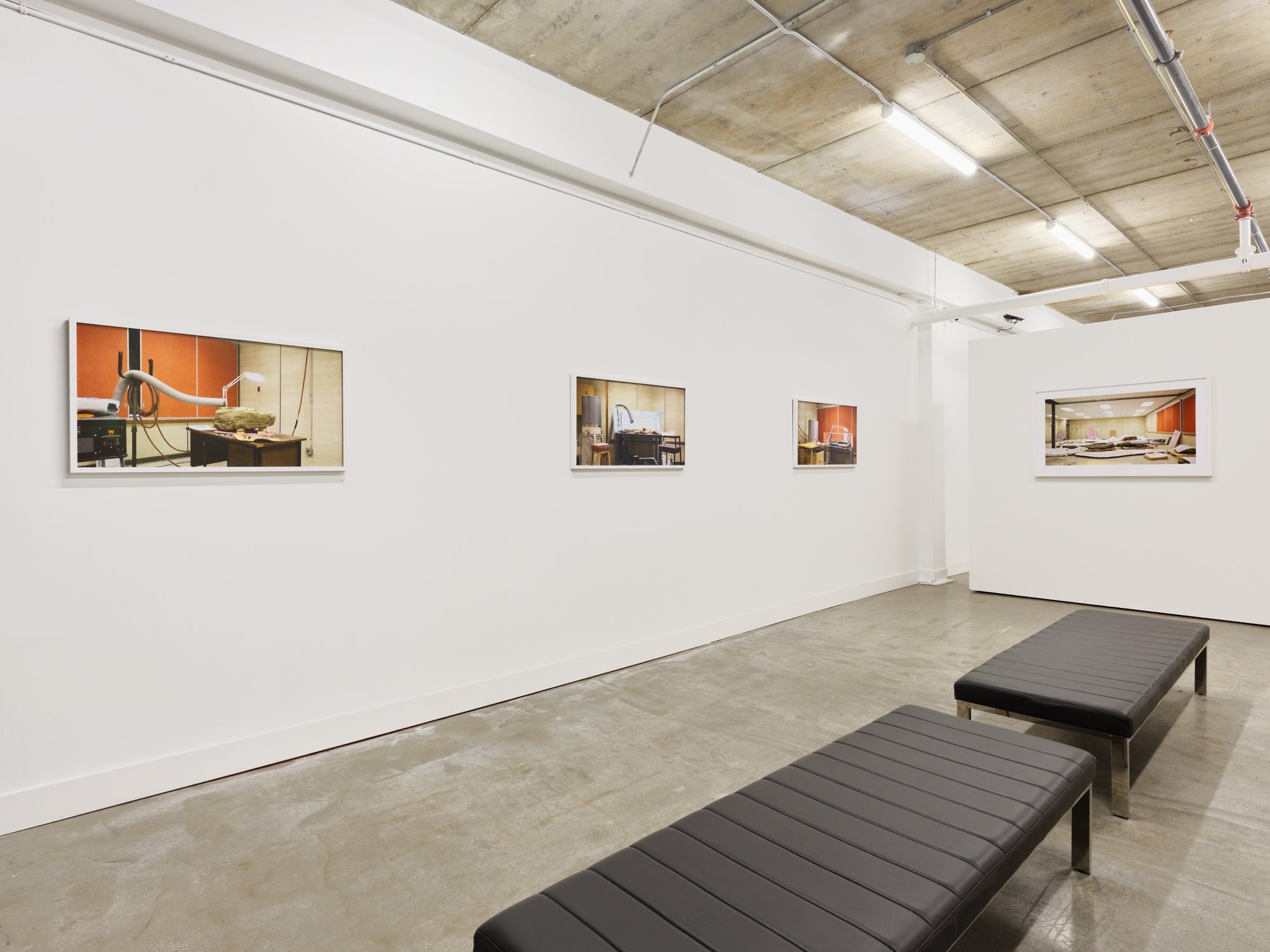
Installation view, "Becoming Anarchival". Kate Hennessy and Trudi Lynn Smith (Pairatext). Gallery 881, Vancouver. Nov 2- 30 2024. Photograph by Rachel Topham.

Installation view, "Becoming Anarchival". Kate Hennessy and Trudi Lynn Smith (Pairatext). Gallery 881, Vancouver. Nov 2- 30 2024. Photograph by Rachel Topham.

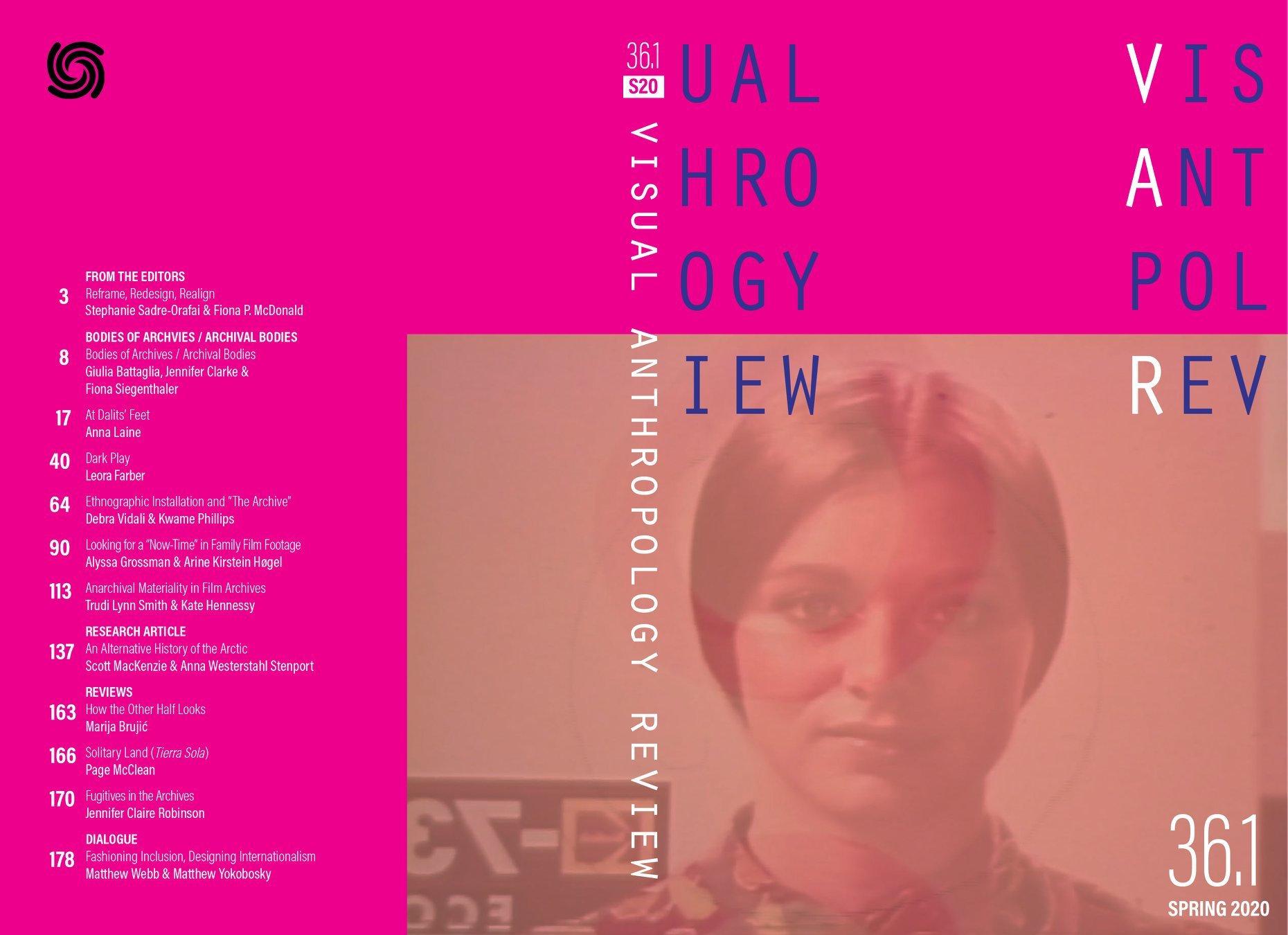
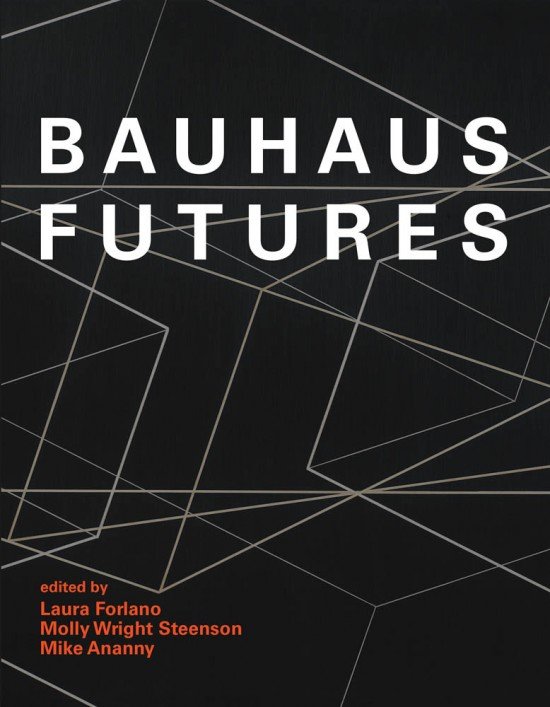
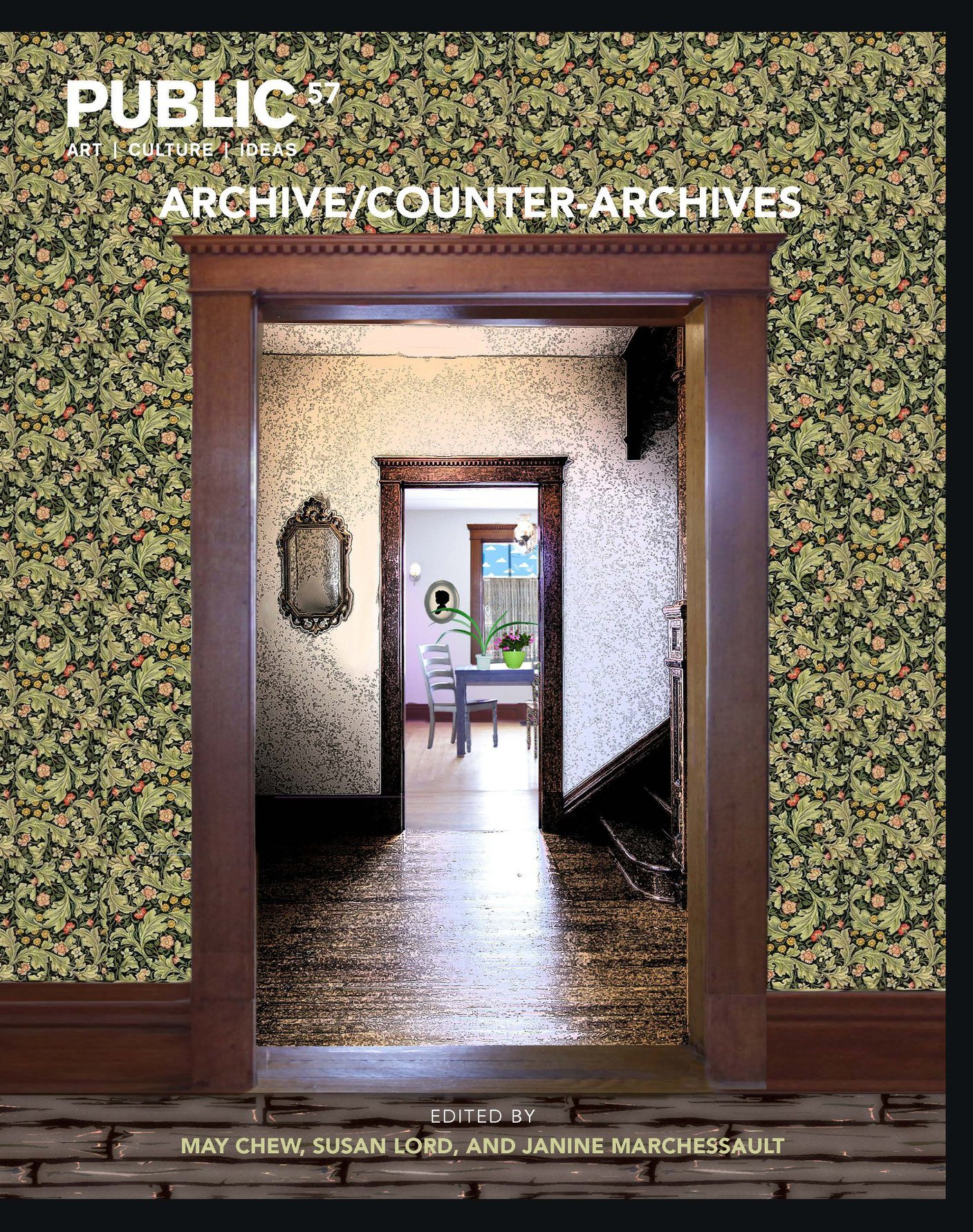



Publications
Hennessy, K. and Smith, T. (2023)
Fugitive Memory: For Tu’i Malila. In, Gentle Dismantlings, a collaborative special issue of Branch Magazine and Ding Magazine. Winter, 2023. Edited by Kit Braybrooke, Julia Kloiber, and Michelle Thorne [link to article]
Hennessy, K., Smith, T., DiPaola, S., Nejad, A. (2023)
Sensing the Cloud: Research-Creation as Sensory Anthropology. In, Routledge International Handbook of Sensory Anthropology. Phillip Vannini, Ed. London: Routledge. Pp. 248-262. [link]
Smith, T., and Hennessy, K. (2020)
Anarchival Materiality in Film Archives: Toward an Anthropology of the Multimodal. Visual Anthropology Review 36(1):113-136. [pdf]
Smith, T., Hennessy, K., Neumann, O. (2019)
Anarchival Materiality: The Bauhaus Building in Dessau. In, Bauhaus Futures. Laura Forlano, Molly Wright Steenson, Mike Ananny, Eds. Pp. 185-193. MIT Press .
Hennessy, K. and Smith, T. (2018)
Fugitives: Anarchival Materiality in Archives.
PUBLIC 57 (Archive/Counter-Archives): 128-144. Edited by Susan Lord and Janine Marchessault. [pdf]
Smith, T., and Hennessy, K. (2018)
Fugitives: Anarchival Materiality in the Archive [Photo Essay].
Geist (Spring, 2018). Pp. 48-54.
Reviews
Robinson, J. C. (2020)
Fugitives in the Archive (exhibition review essay).Visual AnthropologyReview 36(1):170-177. [pdf]
Exhibitions
Smith, T. and Hennessy, K. (Pairatext Collective) (2024) Becoming Anarchival. Solo exhibition, Gallery 881, Vancouver B.C. Nov. 2-30, 2024.
Hennessy, K., Smith, T. and DiPaola, S. (2022). White Clouds in Blue Sky (AI-generated Video projection). Kate Hennessy, Trudi Lynn Smith, and Steve DiPaola. Surrey Urban Screen, public art venue, Surrey, B.C. Surrey Art Gallery. Premiered Feb, 2022; repeated screenings through May 2022.
Hennessy, K. and Smith, T. (2020) Fugitive Structures: The Bauhaus Building in Dessau.
Field/Works: kaleidoscopic activities between anthropology and art. EASA AntArt Network. July 2020 – ongoing.
Hennessy, K. and Smith, T. (2018)
Fugitives in the Archive [Exhibition].
Royal British Columbia Museum Pocket Gallery and Light Box Gallery. Nov. 1 2018- Jan. 1 2019.
Smith, T. and Hennessy, K (2017).
Residue: Proximal Interactions (video, 4 min 32 sec) in Stranger Lands, 500X Gallery, Dallas, Texas. Curated by Julie Libersat. May 6 – June 6, 2017.



